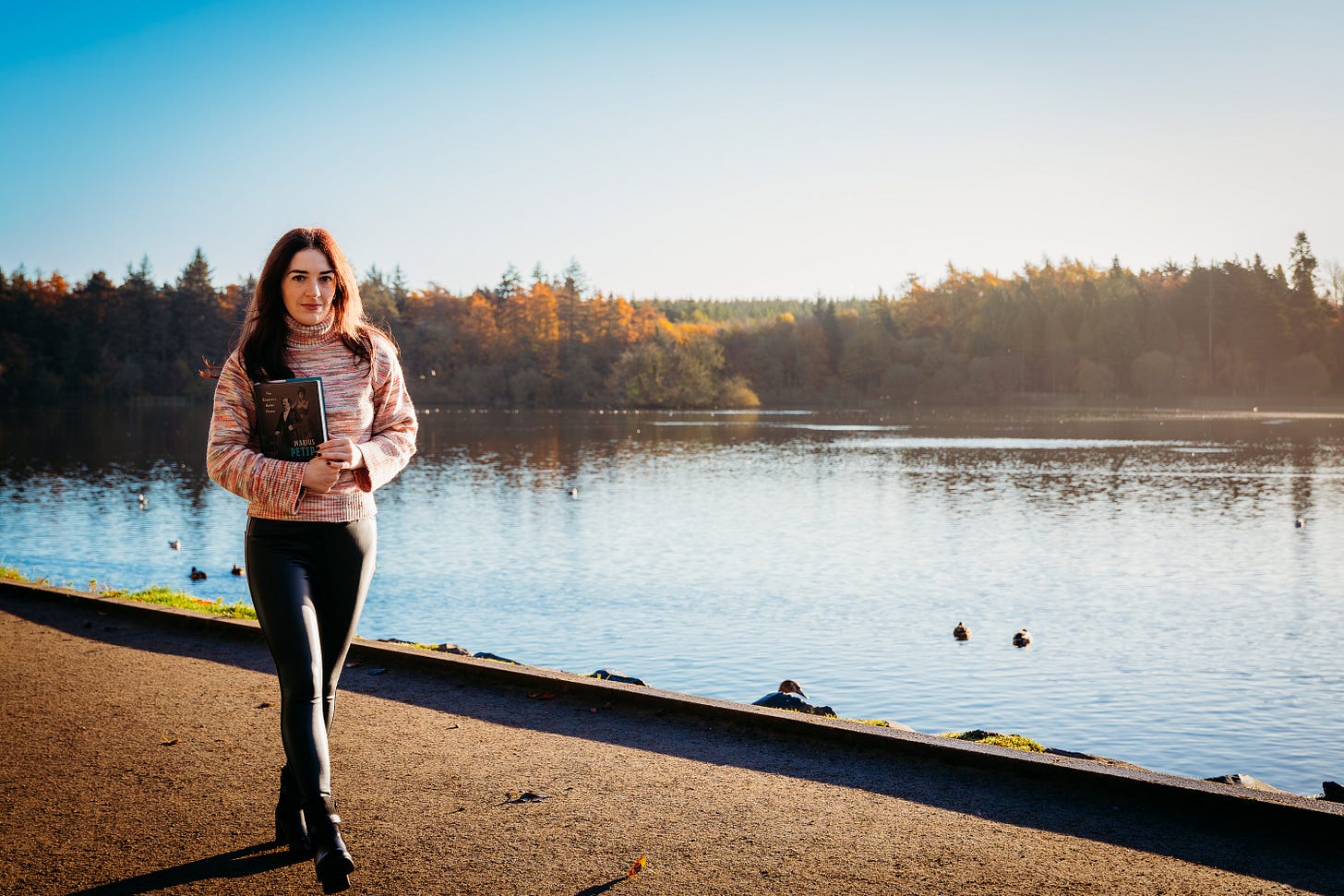Ballet. History. Art. (Act 1)
The path is not always straight, but that's all part of the journey.
The prologue of my journey in ballet started when I was 14 and lasted for four years. The path was not always straight, but that was all part of the journey. It opened a number of doors that would lead me in different directions.
About a year or two after I started dancing, I developed an interest in staging and producing ballet productions, especially as I started to learn more about the classics. At one point, I got CDs of full recordings of Tchaikovsky’s ballets, all performed by the London Symphony Orchestra. One was Swan Lake conducted by Michael Tilson Thomas and the others were all three of Tchaikovsky’s ballets conducted by André Previn. Every time I listened to them, I used to imagine a production of my staging in my head; I even included myself in the casting. I would imagine myself as a fully-trained ballerina. What can I say? I’ve always had a big imagination! And in my last year in school, we did a school production of The King And I and I took the role of one of the behind-the-scenes crew members, which was a great experience. The time came for the curtain to close on the prologue of my ballet journey, so what was waiting for me in the first act?
Act 1 - On the road to discovery
When I left school, I went to university and this was my first step into the big wide world, my first taste of independence. I went to London where I enrolled in a theatre producing course because I wanted to learn how to produce ballet productions. Unfortunately, this did not work out. The course turned out not to be for me and after the first year, I ended up switching to a course in creative writing, which I found suited me better. For the last couple of years, I had been experimenting with writing, mainly by writing fan fictions of my favourite TV show at the time. It was a hobby, but it proved to be vital for my creative development. I would live and study in London for four years. Even though this creative writing course was quite a step away from ballet, I never once lost my love for ballet. I went to see some performances at the Royal Opera House: I saw Alina Cojocaru and Johan Kobborg in Romeo and Juliet, La Fille mal gardée and Swan Lake, and I saw Marianela Núñez and Thiago Soares in The Sleeping Beauty. Those were some really great experiences.
My memory is a little imprecise here, but I think it was during these four years that I found something that would send me further down the path that I was on. I found a YouTube channel belonging to someone called Adam Lopez, who is a ballet history researcher and a Petipa purist. Adam’s channel, which is sadly now gone, included loads of ballet videos, including the historical productions by Sergei Vikharev, Yuri Burlaka and Vasily Medvedev’s productions of Esmeralda, Burlaka and Alexei Ratmansky’s production of Le Corsaire, Pierre Lacotte’s production of The Pharaoh’s Daughter and many more. In the notes sections, he included lots of historical notes where he was explaining what Petipa originally did and I found all this to be fascinating. I never thought that ballet could have such an exciting history and this was when I started to learn about Petipa in more depth. It began with learning from Adam’s notes about the differences between Petipa’s stagings and what we all know from modern productions, as well as the similarities. It was through Adam that I learned about Sergei Vikharev and his historical productions; that was especially exciting because I had always wanted to see the original versions. I also learned about the Sergeyev Collection and I was delighted that Petipa’s choreography had survived, but I wouldn’t learn the full story of the notation scores until 2014.
After I graduated from university in 2012, for the next two years, I really struggled to figure out what I wanted to do. I knew I wanted to be a writer, but there weren’t many opportunities: I also wanted to be a singer (I used to sing) and I thought at one point I wanted to be a teacher. I went back to London for a month to try and find something, but that didn’t work out. I even went to see a careers councillor and he said that I could make it as a writer, I could be self-employed, but I had no idea how to do that. I just couldn’t get anywhere, I was really stuck! But I still kept going back to ballet. I regularly visited Adam Lopez’s channel and then, in 2014, I found out about Doug Fullington. Doug is a ballet historian and an expert in Stepanov notation: he has reconstructed from the Sergeyev Collection many times. It was through Adam that I found some online lectures and presentations hosted by Doug, where he reconstructed passages from the Sergeyev Collection that were performed by dancers from Pacific Northwest Ballet and it was fantastic. This was when I started to learn about the complexities of the Sergeyev Collection, but there were still more lessons to be learned and those were to soon follow.
I spent a long time trying to figure where do I go. I was stuck at a crossroads, unable to decide which direction to take because all the road signs were blank. But then one day, the destination names finally started to appear. I paid a few visits to my dance teacher in my secondary school and on one visit, she told me that there were ballet university courses, which I had had no idea existed. So, I looked up such courses and I found a Masters course in Ballet Studies at the University of Roehampton in London. I read about what the course covered and it was a theoretical study of ballet, which covered several aspects, including the history. This was exactly what I was looking for. I applied to enrol in the course; I went for a meeting with the senior lecturer, Dr Geraldine Morris, a renowned scholar and former ballerina with the Royal Ballet, and I was accepted. I was so happy and for several reasons: I was going to be studying ballet as I wanted to study it and I was going to be returning to one of my favourite cities.
Act 1 of my story was my first solo step into the world and searching for my true calling. Looking back on it all, I realise that when we are looking for the path to becoming our true selves, it is out there, but it doesn’t come straight away; good things can take time. We will find our true calling if we keep looking for it, but we will miss out on it if we stop looking for it, if we give up. That’s a message that still resonates today.
The first act was ending and it was time for the second act; the main part of the story was coming.









